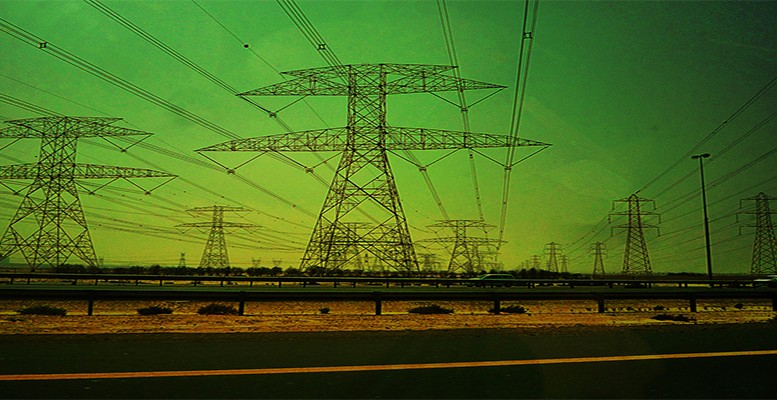José Manuel Muñoz Puigcerver (The Conversation) | With electricity prices now exceeding the psychological barrier of 200 euros MWh, there is an increasing number of voices calling for some kind of public action of a certain intensity.
The proposal to create a public energy company has been one of the most talked about and discussed issues in Spanish public opinion since the return of summer.
It is therefore pertinent to analyse, beyond ideological debates and from a technical point of view, the pros and cons of this measure.
Public participation in European utilities
Public companies are more common in Europe than might a priori be imagined. Countries such as France and Italy, as well as Austria, Sweden and Finland, are good examples of European states with extensive public participation in their respective energy giants. Particularly relevant is the French case, where EDF (with almost 85% state ownership) enjoys a great popular reputation for guaranteeing electricity services to the most remote corners of the country.
In the Spanish case, by contrast, the State’s shareholding is limited to 20 % in Red Eléctrica de España, the company that manages the energy transmission infrastructure and therefore has no direct impact on the price of electricity. Moreover, it is paradoxical that the Spanish electricity company Endesa is majority-owned by the Italian public electricity company Enel.
Public utilities, green energy
Among the pros of the existence of public electricity companies, we could point to their greater contribution to the fight against climate change. According to an OECD report published in 2018, public participation in energy companies provides a greater incentive to invest in green technologies.
This is because their activity is not strictly conditioned by commercial, profit-seeking criteria.
This would be a positive point, as it would serve to relieve Spanish consumers’ pockets of the heavy burden of electricity bills, although it would only do so in the long term.
But it is precisely in the time frame that the greatest disadvantage of the state option lies, as the impact of public participation in mitigating the electricity price spiral would be practically zero in the short term.
At most, they could contemplate some kind of fiscal measure, as was done in Spain last June, when VAT was reduced from 24% to 10% and the Special Tax on Electricity (which is levied on energy production) from 5.11% to 0.5%.
The particularities of the European market
The energy market in Europe is a marginalist market, i.e. the price of the last technology used for electricity generation that enters the system sets the price for the rest.
The supply of the system starts with green energy and nuclear energy. If these do not meet all demand, fossil fuels come into play. If the supply is still insufficient, hydroelectric power will be used and, as a last resort, gas will come into play.
In 2021, several external circumstances are coming into play: lower gas supply because Russia is turning off the tap to Europe, Norway is reducing its shipments because it prefers to meet strong Asian demand. In addition, the supply of liquefied natural gas is also lower than usual. In short, all these factors have pushed up the price of this energy source.
In this international scenario, a public company has a very limited margin to mitigate the situation.
The emissions market drives up the price of electricity
In addition to the increase in the cost of gas, the rise in the price of CO₂ emission rights has also had a huge influence. According to a report by the Bank of Spain, while gas would account for 50 % of the increase, CO₂ emission rights would represent 20 %.
The EU’s strategy of total decarbonisation by 2050 has generated some speculation in the emission rights market. Fearing that these allowances will become more expensive in the future, their demand is currently growing and pushing up their cost.
Options for public action
One possible focus for public action would be the acquisition of the management rights of those hydro power plants whose licences are expiring. Hydropower, as is the case with renewables, is cheaper because its production cost is fixed (basically the cost of labour employed in the sector), unlike fossil fuels, to which variable costs (mainly the cost of raw materials) must be added.
However, the results of this action could take several decades to materialise in the electricity bill, as the really important concessions do not expire until 2045 and 2065.
Structural changes take a long time to bear fruit
The fact that measures towards the creation of a public energy entity will not take effect for several decades does not mean that they cannot be implemented.
In any case, Spain’s energy strategy should consist, above all, of making a firm commitment to renewable energies and investing more in interconnections that will definitively eradicate the concept of the Iberian Peninsula as an energy island. In the meantime, we will have to continue to call for efficient and responsible consumption.





